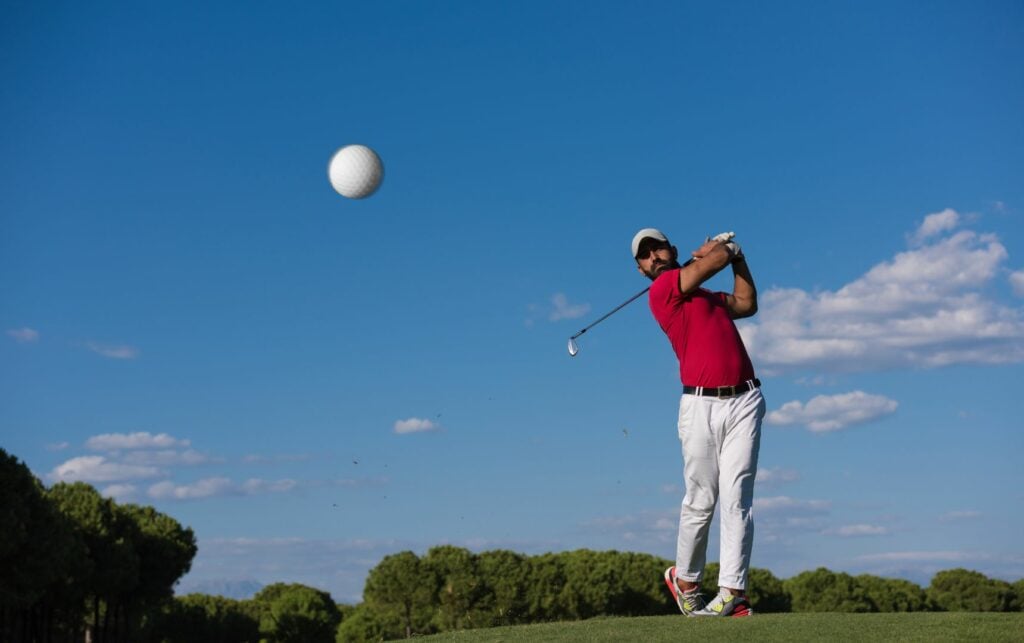In the previous section, we discussed valuable tips and tricks to prevent common golf and gardening injuries. However, despite our best efforts, injuries can still occur. This is where a physiotherapist plays a vital role. In this section, we’ll explore how a physiotherapist can help golfers and gardeners recover from injuries, regain strength, and prevent future issues. Let’s delve into the ways a physiotherapist can assist individuals dealing with golf injuries.
- Assessment and Diagnosis:
When you sustain a golf injury, it’s essential to understand the root cause and extent of the problem. A physiotherapist will conduct a thorough assessment to diagnose your condition accurately. They will examine your posture, movement patterns, and joint mobility to identify any muscle imbalances, weaknesses, or biomechanical issues that may have contributed to the injury. This comprehensive evaluation enables the physiotherapist to create a personalized treatment plan tailored to your specific needs.
- Pain Management:
Golf injuries can often result in pain and discomfort, affecting your performance and overall well-being. Physiotherapists employ various techniques to manage pain, including manual therapy, such as soft tissue massage, joint mobilizations, and trigger point release. They may also utilize modalities like ultrasound, electrical stimulation, or hot/cold therapy to alleviate pain and reduce inflammation. By targeting the source of your pain, physiotherapists can help you find relief and improve your quality of life.
- Rehabilitation and Strengthening:
To recover from a golf injury and prevent future recurrences, it is crucial to rehabilitate and strengthen the affected areas. Physiotherapists design exercise programs specifically tailored to your injury, focusing on strengthening weakened muscles, improving flexibility, and enhancing overall stability. These exercises may include resistance training, stretching routines, balance and coordination exercises, and core stabilization work. By gradually progressing through a structured rehabilitation program, guided by a physiotherapist, you can rebuild strength and regain optimal function.
- Biomechanical Analysis:
Proper biomechanics play a crucial role in golf performance and injury prevention. Physiotherapists are trained to assess your movement patterns and identify any faulty mechanics that may contribute to your golf injury. They can analyze your swing technique, body alignment, and muscle imbalances to address areas of concern. By correcting these imbalances and improving your biomechanics, physiotherapists can optimize your golf swing, reduce strain on vulnerable joints, and minimize the risk of future injuries.
- Education and Injury Prevention:
One of the essential roles of a physiotherapist is to educate you about your injury, its underlying causes, and how to prevent further problems. They can provide valuable information on proper warm-up and stretching routines, ergonomic techniques for golf and gardening, and strategies for injury prevention. Physiotherapists can also educate you about self-management techniques, such as self-massage, stretching, and strengthening exercises that you can incorporate into your daily routine to maintain your physical well-being.
- Return to Sport and Performance Enhancement:
If you’re an avid golfer, returning to the sport after an injury can be challenging. Physiotherapists work with you to develop a structured plan for a safe and gradual return to golf, ensuring that you regain your confidence and optimize your performance. They focus not only on restoring your physical abilities but also on enhancing your strength, endurance, and mobility to improve your overall golf game.
- Long-Term Maintenance and Wellness:
Once you have recovered from a golf injury, a physiotherapist can help you maintain your physical health and prevent future issues. They can provide guidance on ongoing exercise programs, injury prevention strategies, and techniques for self-management. Regular check-ins with a physiotherapist can help identify any potential concerns early on, allowing for timely intervention and preventing minor issues from escalating into more significant problems.
While preventing golf injuries is crucial, accidents can still happen. In such cases, a physiotherapist is an invaluable resource for golfers and gardeners dealing with injuries. Through their expertise in assessment, pain management, rehabilitation, biomechanical analysis, education, and performance enhancement, physiotherapists can aid in your recovery, help you prevent future injuries, and optimize your overall physical well-being. So, make sure to consult with a qualified physiotherapist if you experience a golf injury to receive the necessary care and guidance for a safe and successful return to your beloved activities.


